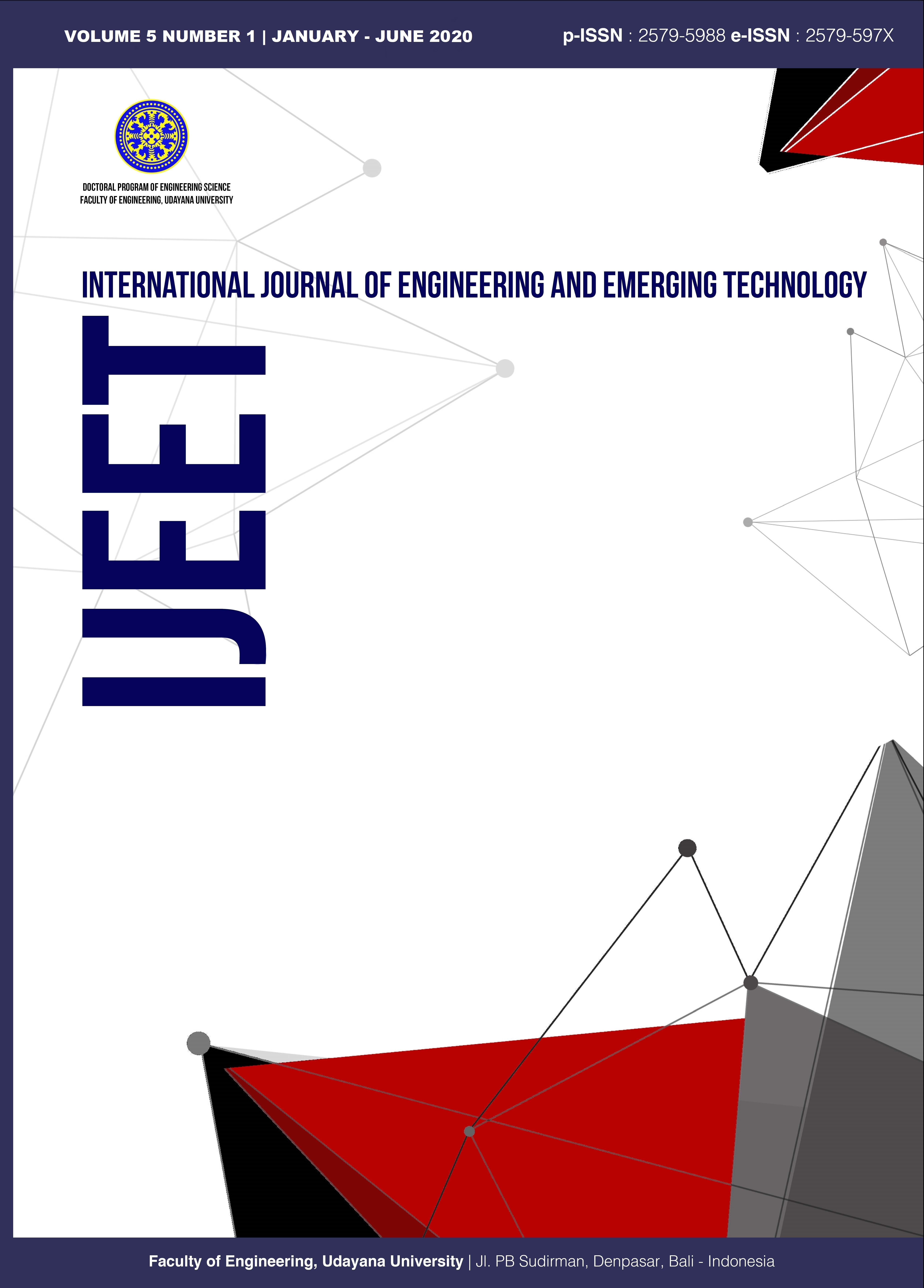Developing TAMEx Model For Availability Aspect of E-Exam Security in WLAN Environment
Abstract
The internet has provided tremendous impact in educational development throughout the world. E-Exam system is one of educational component which has been used increasing dramatically for evaluating educational process. As an e-exam feature, uniformity of system access and time duration of the exam to all examinees is very important to be considered. Exam manager usually utilizes a fixed network to connect all e-exam terminal in order to maintain service stability on e-exam systems. However, the use of a fixed network will be difficult to be implemented if the number of examines is large. There are not many Education institutions have adequate ICT infrastructure or e-exam terminals for all students. Most institutions develop WLAN networks as an alternative to being able to provide ICT services to all students. With the development of mobile device technology (Handphone or Laptop) that strongly supports the learning process through mobile devices. This research aims to develop application of the Time Adaptive for Mobile E-Exam (TAMEx) Model. It serves to maintain the reliability of e-exam implementation on WLAN networks. The possible connection disruptions is anticipate by seeking time compensation only to participants who has experienced the connection problem. The time compensation must be accordance to the duration of the occurrence of connection loss. Application development has been carried out and is functioning properly. The report of application shows that it has succeeded in identifying the connection disturbance duration and provide time compensation to the proper examinee.
Downloads
References
[2] A. Sohail, Z. Ahmad, and I. Ali, “Analysis and measurement of Wi-Fi signals in indoor environment,” Int. J. Adv. Eng. Technol., vol. 6, no. 2, pp. 678–687, 2013, doi: 10.1002/mrdd.
[3] Ç. Kurnaz, B. K. Engiz, and U. Köse, “Investigating the Effect of Number of Users on Signal Strength Level and Throughput for Wi-Fi System,” no. December, 2017, doi: 10.1109/IDAP.2017.8090222.
[4] S. A. N and S. S. T. S. Vasavi, “Study on Techniques for Providing Enhanced Security During Online Exams,” vol. 1, no. 1, pp. 32–37, 2012.
[5] M. Onyesolu, V. Ejiofor, M. Onyeizu, and D. Ugoh, “Enhancing Security in a Distributed Examination Using Biometrics and Distributed Firewall System,” Int. J. Emerg. Technol. Adv. Eng., vol. 3, no. 9, p. 6, 2013.
[6] T. Ramu and T. Arivoli, “a Framework of Secure Biometric Based Online Exam Authentication: an Alternative To Traditional Exam,” Int. J. Sci. Eng. Res., vol. 4, no. 11, pp. 52–60, 2013.
[7] Y. Sabbah, I. Saroit, and A. Kotb, “A Smart Approach for Bimodal Biometric Authentication in Home-Exams (SABBAH Model),” Biometrics Bioinforma., p. 13, 2012.
[8] S. J. Alotaibi, “Using biometrics authentication via fingerprint recognition in e-exams in e-learning environment,” 4th Saudi Int. Conf., no. July, p. 10, 2010.
[9] M. Sarrayrih and M. Ilyas, “Challenges of Online Exam , Performances and problems for Online University Exam,” Int. J. Comput. Sci., vol. 10, no. 1, pp. 439–443, 2013.
[10] E. C. Lo, “An Investigation of the Impact of Signal Strength on Wi-Fi Link Throughput through Propagation Measurement,” 2007.
[11] J. Bardwell, “Converting Signal Strength Percentage to dBm Values,” WildPackets, Inc, no. November, pp. 1–12, 2002, doi: 20021217-M-WP007.

 Indexed By
Indexed By







